Walking through a Bagru print workshop in Rajasthan, I once watched artisans dip carved wooden blocks into natural dyes and press them carefully onto fabric. The rhythm of their traditional craft carried the beauty of human creativity that no digital world could ever replace. Yet, what fascinates me most today is how reviving traditional art forms has become a bridge between heritage and innovation. Through digital tools, social media, and online platforms, artists now share their work with a global audience while keeping cultural heritage alive. This blend of old and new connects the past and present, proving that fading traditions can still inspire innovation, sustainability, and authenticity in our everyday lives.
In this ongoing art revival, craftspeople are reviving traditional art forms by turning age-old techniques into handmade art that celebrates heritage, creative expression, and artistic identity. They experiment with eco-friendly materials, use traditional methods, and add their own personal touch to textile, design, and craftsmanship. Each piece tells a story of cultural preservation, community, and generational art that supports local jobs and strengthens the creative economy. As craft heritage meets modern adaptation, we witness a new era of artistic preservation and innovation, where timeless art gains renewed value through the human touch. It’s a beautiful cultural connection—a dance of contemporary craft, heritage protection, and cultural sustainability—that keeps handmade culture and artistic craftsmanship alive within our global society.
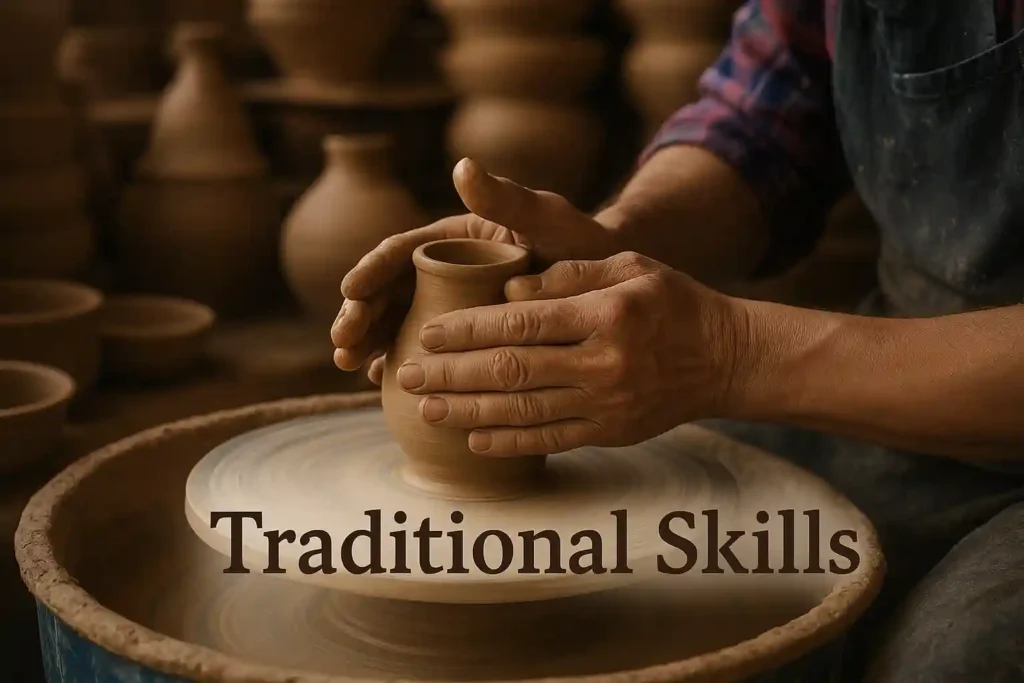
The Cultural and Historical Value of Traditional Art
When I think of my grandmother, I still see her weave delicate scarves on a loom, her fingers moving with graceful patience as colorful threads told silent stories of craft skills passed across generations. That act of textile weaving wasn’t just a hobby—it was a living tradition, a breathing expression of heritage that carried our culture forward. Every design held a piece of identity, every pattern whispered history, and every stitch reflected human ingenuity. Today, as the world focuses on reviving traditional art forms, those same threads of memory and mastery continue to inspire new artists and makers. Whether it is folk art, pottery, or calligraphy, these art forms still give shape to our artistry, our legacy, and the timeless beauty of ancient craftsmanship that defines who we are as a community.
Today, I see contemporary artists working with the same age-old techniques, preserving the soul of craftsmanship tradition while adapting to modern sensibilities. Their work blends creativity with ancestral wisdom, balancing art and authenticity. In reviving traditional art forms, artisans and younger generations rebuild a bridge between past and present, keeping cultural continuity alive. Each carved box, each stroke of brushwork, or piece of decorative art becomes a symbol of collective memory, cultural pride, and human connection. These traditional techniques, rooted in local traditions and creative heritage, remind us that preservation, craftsmanship, and authenticity are not about nostalgia—they are about heritage values, artistic lineage, and the tangible culture that gives our visual world its timeless emotion, soulful spirit, and meaningful purpose.
THE CULTURAL AND HISTORICAL IMPORTANCE OF TRADITIONAL ART FORMS
The Decline and Challenges of Traditional Crafts
In my visits to villages like Madurai, I’ve seen how crafts that once brought life to families and communities slowly fade. Pottery, clay toy making, and other traditional craft practices have plummeted in popularity due to cheaper alternatives, even as passionate artisans try to adapt through social media. I recall a local scene where sales had dropped by half in just one year—a situation that feels all too familiar across corners of the globe. In places like the UK, linen beetling, pleating, and button-making teeter on the brink of extinction as aging artisans struggle and apprentices remain rare. Without active efforts in reviving traditional art forms, essential skills risk disappearing entirely, leaving a modern, mass-produced world to overshadow the beauty and soul of handcrafted goods.
The lack of proper training and opportunities pushes young people away from cultural spaces, often leaving once-vibrant workshops and studios to stand empty while the nurturing of living artists dwindles. When traditional craftsmanship fades, its significance dims, and losing a chapter of this love story of human creativity feels inevitable. Witnessing these changes firsthand, I realize the urgency of reviving traditional art forms—to support artists, sustain their crafts, and ensure that the end of centuries-old traditions does not arrive quietly.
The Global Revival Movement
Witnessing the revivals of traditional craft has been inspiring, showing how healing culture and empowering lives go hand in hand with ensuring that traditions endure. In India, Bagru print earned a Geographical Indication (GI) tag, confirming its authenticity and helping to sustain its artisan community. Similarly, in Jharkhand, artisans once struggling have turned to online platforms to sell tribal attire and textile creations, now earning thousands of rupees each month while preserving weaving traditions for future generations. These success stories reflect the growing movement of reviving traditional art forms, proving that heritage can thrive in the modern world when creativity, recognition, and opportunity come together.
Nonprofits like Nest Inc. provide a compelling example of how collaboration and community support play a crucial role in reviving traditional art forms. Since 2005, the organization has supported over 345,000 women in 125 countries, guiding them to build sustainable businesses through coaching in marketing, pricing, and market partnerships. In Cambodia, Artisans Angkor delivers vocational training to young people in carving and lacquering, transforming trainees into skilled artisans with stable incomes and strong social support. Witnessing these initiatives firsthand, I’ve realized that with proper platforms, mentorship, and dedication, traditional crafts can thrive once again—blending heritage with modern opportunities and empowering future generations of makers.
Technology Empowering Traditional Crafts
In today’s world, digital technology is bridging tradition and modernity, giving craftspeople in Europe and beyond new ways to incorporate digital tools into their work. Nearly 70% of artisans now use these tools, with over a third applying them extensively. CAD, 3D printing, CNC, and laser cutting help refine techniques and increase the speed and precision of craft skills, allowing centuries-old practices to adapt without losing authenticity. Through this fusion of innovation and tradition, reviving traditional art forms becomes not just an act of preservation, but a forward-looking movement—one that ensures cultural craftsmanship continues to evolve in the digital age.
Online platforms enable artisans to showcase and sell their creations globally, while digital documentation preserves fragile designs for posterity. VR and AR experiences bring intangible cultural heritage to life in immersive ways, helping amplify, preserve, and teach traditional techniques to new audiences. Experiencing these tools firsthand, I’ve seen how they give craftspeople the power to connect the past with the future, ensuring that reviving traditional art forms continues to thrive in modern contexts—where technology becomes a bridge, not a barrier, to cultural preservation.
Blending Heritage with Innovation
I’ve always been fascinated by how tradition takes new shape through creativity. Dabu printing, an ancient Rajasthani technique, is now being reimagined by modern designers. With fresh color palettes and abstract motifs, these works blend fashion with cultural roots. This fusion of old and new lies at the heart of reviving traditional art forms, inspiring pieces that honor heritage while appealing to modern tastes.
For those inspired to explore, modern kits like customizable paint-by-numbers make it easy to create personal masterpieces and keep creativity alive. Blending tradition with innovation has become essential to reviving traditional art forms, ensuring that timeless crafts not only survive but continue to evolve—proving that heritage and modernity can thrive together beautifully.

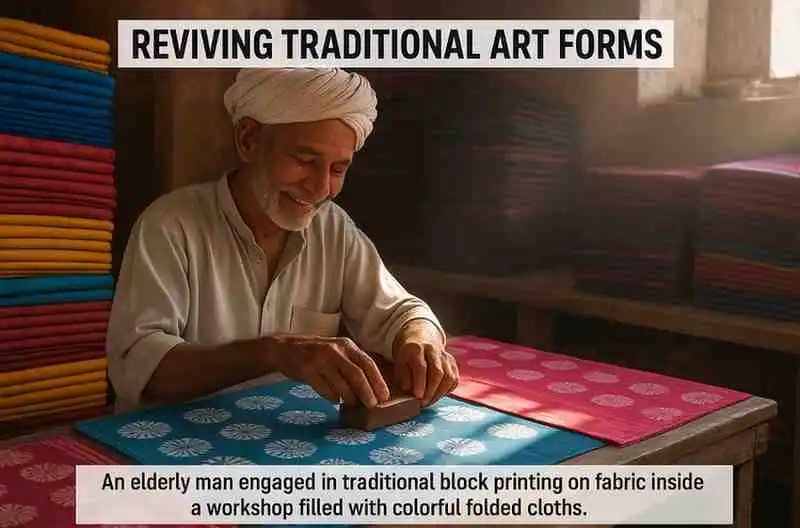
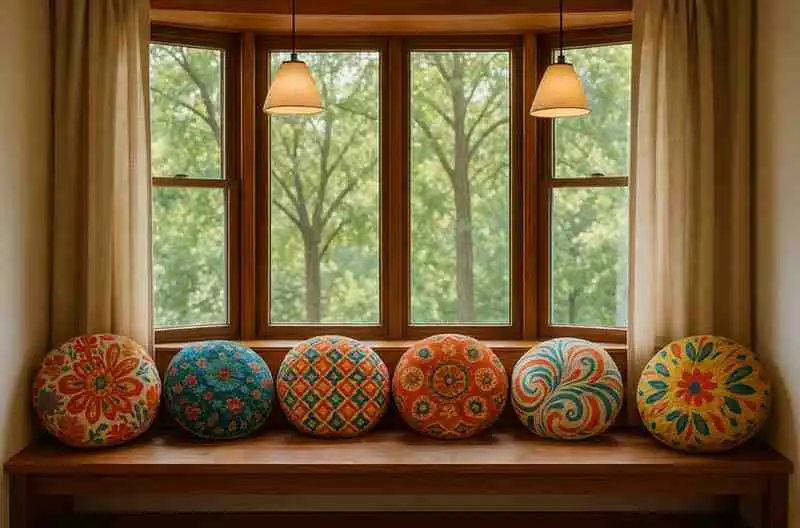
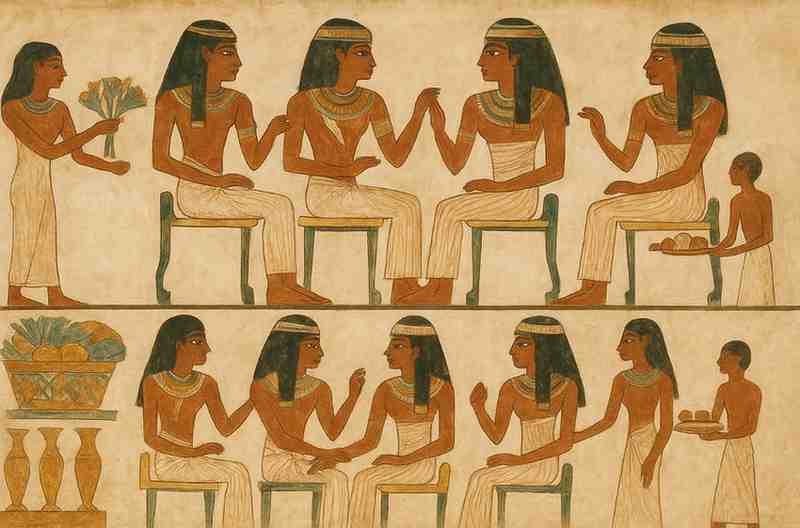
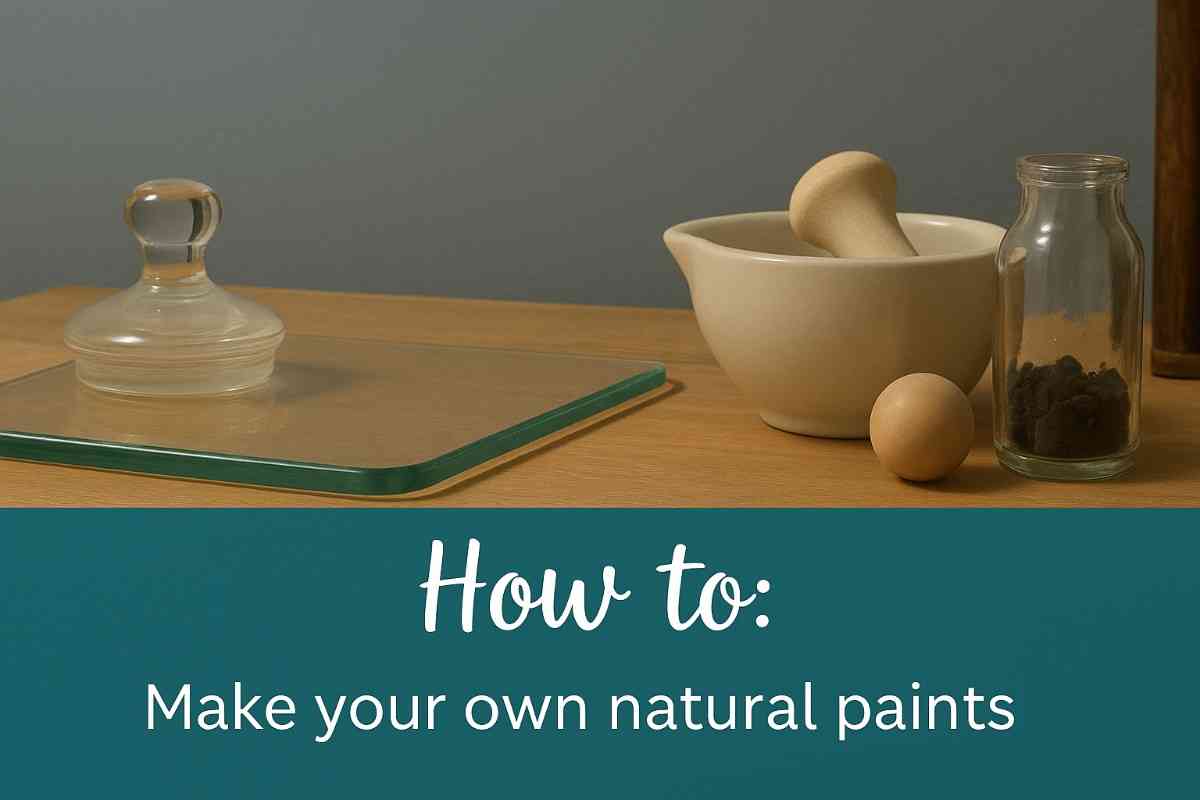
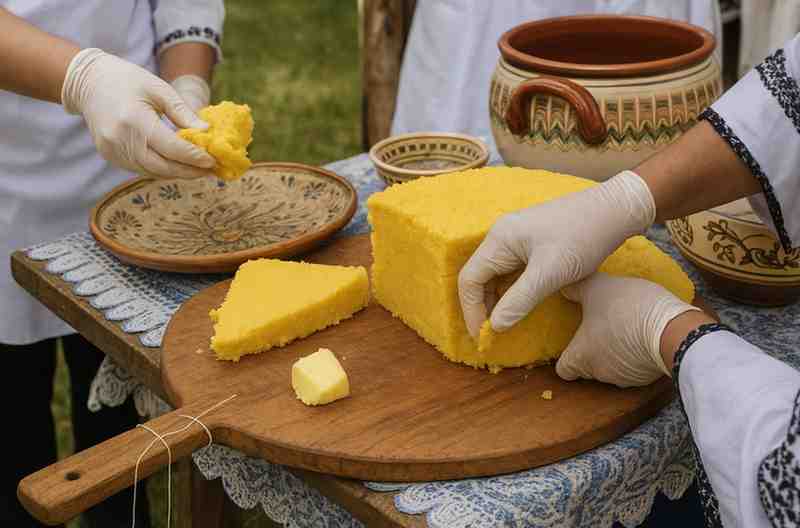


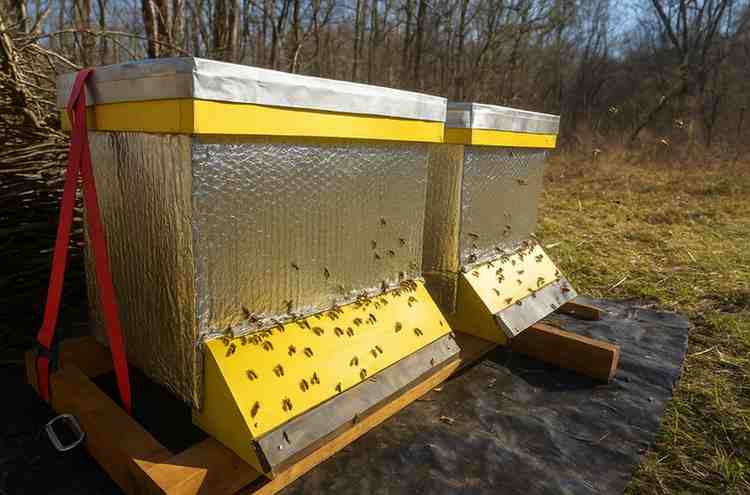
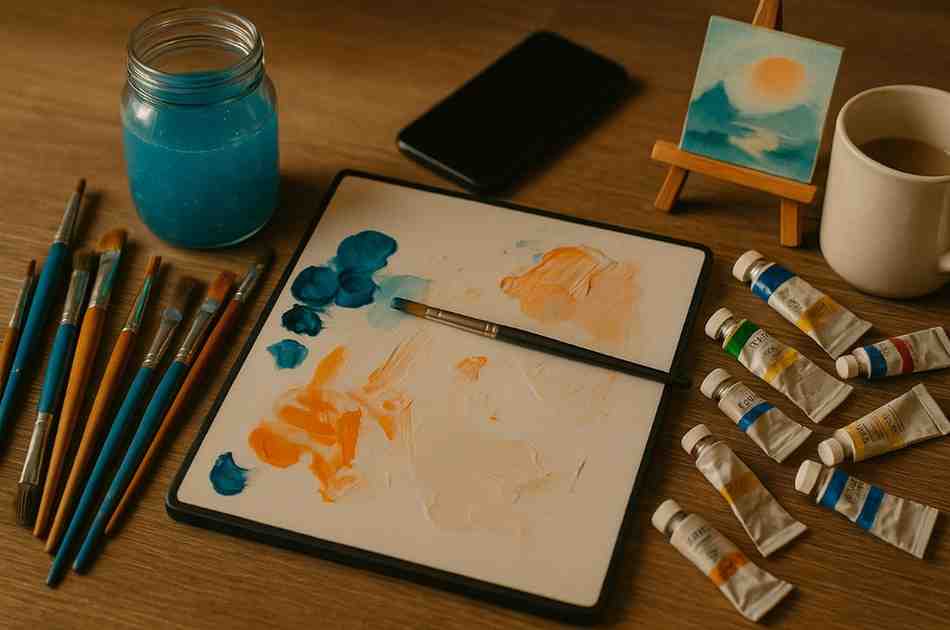
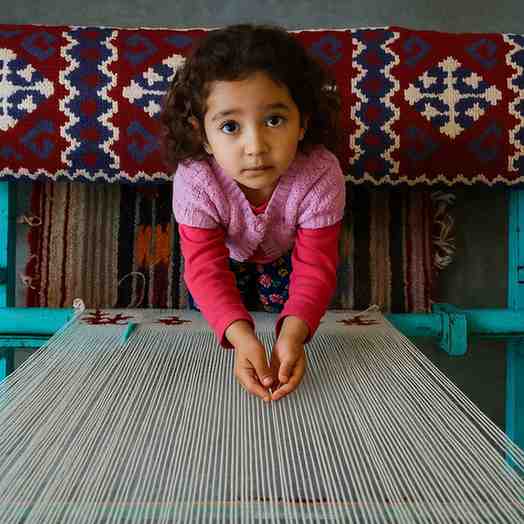
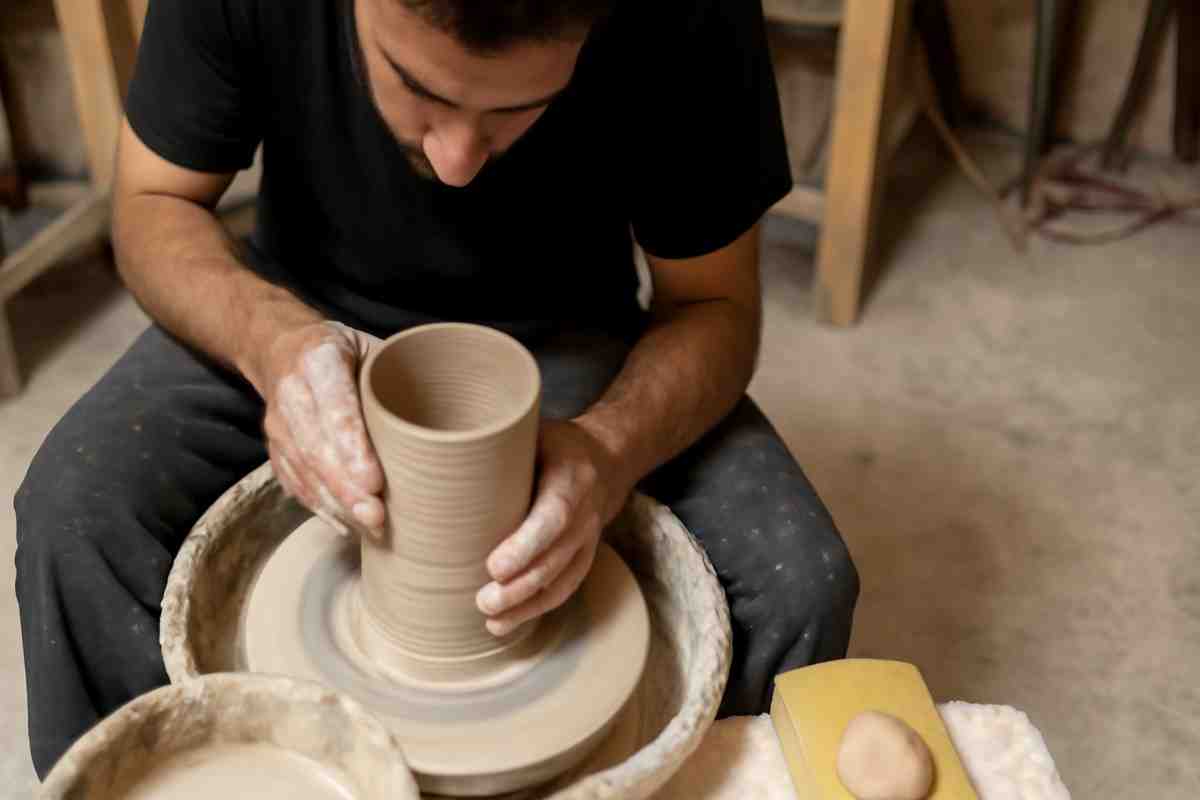
Leave a Reply